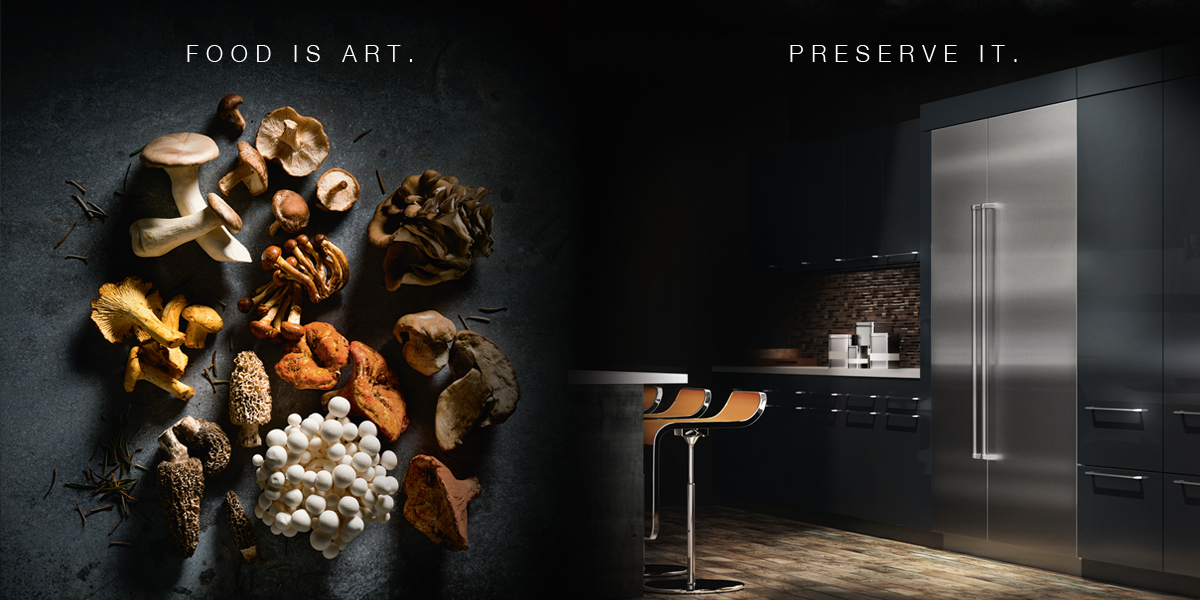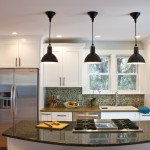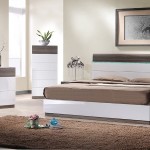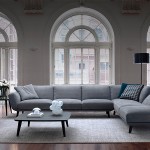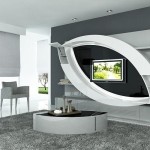
Guide To Buying A Fridge
No kitchen can survive without a good refrigerator. Refrigerators don’t come cheap and are long-term investments, so one should weigh all the choices available before purchasing. As a matter of fact, there are different types, styles, and designs of refrigerators. Each has its advantages and disadvantages to consider. Such factors include the capacity, the look which should fit your taste and decor, the installation limitations, and your budget. Be sure to consider also the space available to you in the kitchen for placing the refrigerator. Here is a guide to help you in your refrigerator inquiry.
Let us look first at the different types of refrigerators:
Top Freezer Refrigerator:
The most popular and usually the least expensive kind of refrigerator, top freezer refrigerators have a freezer on top and a refrigerator at the bottom. The freezer is most of the time about a third of the total size of the object. Top freezer refrigerators provide a lot of space, making it possible to store large dishes and ingredients. On the downside, they are very heavy and big, making it sometimes a headache to find a space for installation and for them to work optimally (enough space for doors to open fully…). Its height can also prove difficult for shorter people to reach deep in the freezer.
Bottom Freezer Refrigerators:
Here, as its name suggests, the freezer is at the bottom. The freezer can be usually either designed to open like a door or to be pulled out like a drawer, depending on the model. Fresh food is thus now more easily accessible as one now needn’t bend down to reach it. This type of fridge is generally a bit more expensive but still in an affordable price. However, similarly to top freezer refrigerators, the bottom ones require also much space and installation effort. The bottom freezer fridge typically also has less space for fresh food and access to frozen space can be less convenient than the top freezer.
Side-by-Side Refrigerators:
The refrigerator and the freezer sections are here parallel to each other and make up one full object. While the refrigerator compartment is usually a little larger than the freezer section, they are both smaller than in the first two types we have seen so far. Like a cabinet or a closet, each door of each compartment can be opened with a handle in the middle of the fridge. The smaller design makes side-by-side refrigerators a better choice when space is more scarce. The doors design also enable them to open fully more easily. The fridge also provides extra space for ice and water dispensers in the back of each door. The disadvantages of side-by-side fridges are that they are more expensive than the standard models and have a more limited space for large dishes and ingredients. There’s also less space in the fresh food section.
French Door Refrigerators:
This particular type of fridge combines a side-by-side design with a bottom freezer. French door fridges are thus a fusion of the best advantages a refrigerator has to offer: Wide shelves in both sections make for large spaces and a flexible and easier installation, they don’t take that much space. French door refrigerators can be found in a 3 or 4 doors design (4-door models are actually more performant as they feature adjustable cooling areas), most also propose through-the-door water and ice dispensers. As you can imagine, these refined fridges are significantly more expensive.
Counter Depth Refrigerators:
Counter depth refrigerators are significantly smaller than the basic models, which make them able to fit in superbly in a built-in cupboard or cabinet. They provide therefore less storage space, a disadvantage that can be a bit compensated with a wider space. Bottom freezer, side-by-side, and French door are also available in addition to the standard model, although they are more expensive.
Compact Refrigerators:
Compact fridges are even more smaller versions, miniature ones. Prefer this type of refrigerator if you’re looking for one for your dorm room or home office. The freezing capacity is very narrow or is totally absent.
Refrigerated Drawers:
Much like a dishwasher, refrigerated drawers are installed under the kitchen’s countertop where you can pull out and access fresh food and perishables maintained in a cool temperature. Expensive, cool drawers are usually found in luxury kitchens. There is no freezer option and they are not energy efficient.
Wine and Drinks Coolers:
Also known as cellars, wine and drinks coolers models can vary from small, compact models to large full-sized refrigerators in order to store your bottles. The best (and most expensive) models have a multi-zone digital temperature regulation which would permit you to divide your drinks in compartments with their optimal drinking temperature.
Let us see then the different factors to take into account when buying a fridge:
Capacity: This depends on the number of persons living in your house and your cooking habits. Roughly, about 4 to 6 cubic feet of fresh food storage is needed per adult.
Look: Different finishes and looks are available, from colored enamel to brushed metal. There are even some models that allow to change the front panels without having to replace entirely the fridge. Choose according to your taste and your kitchen’s style.
Features: Look out for the different features a model proposes. Some only propose ice and water dispensers and others can even propose an LCD display and web access. Identify the features you think are essential or useful and those you can do without as they only raise the price needlessly. Useful features can be adjustable or deep door bins, adjustable or elevator shelves, pull-out shelves or bins, shelf snuggers, controllable chill temperature for each compartment, inside sensors….
Energy Efficiency: Refrigerators have the reputation to use up a lot of energy, and they usually do. To be more energy efficient, look for Energy Star rated models that consumes 15% less energy than federal standards. Try also not to buy a bigger model than necessary, as the larger it is, the more energy it needs to work.

